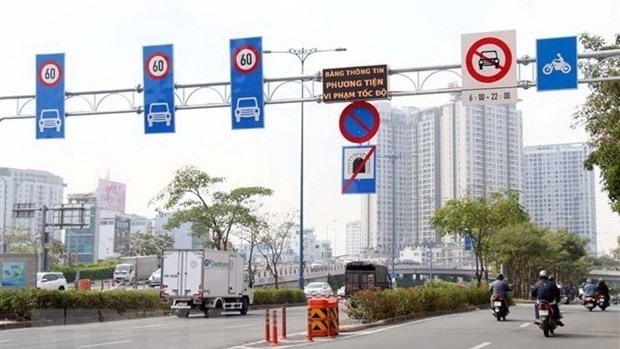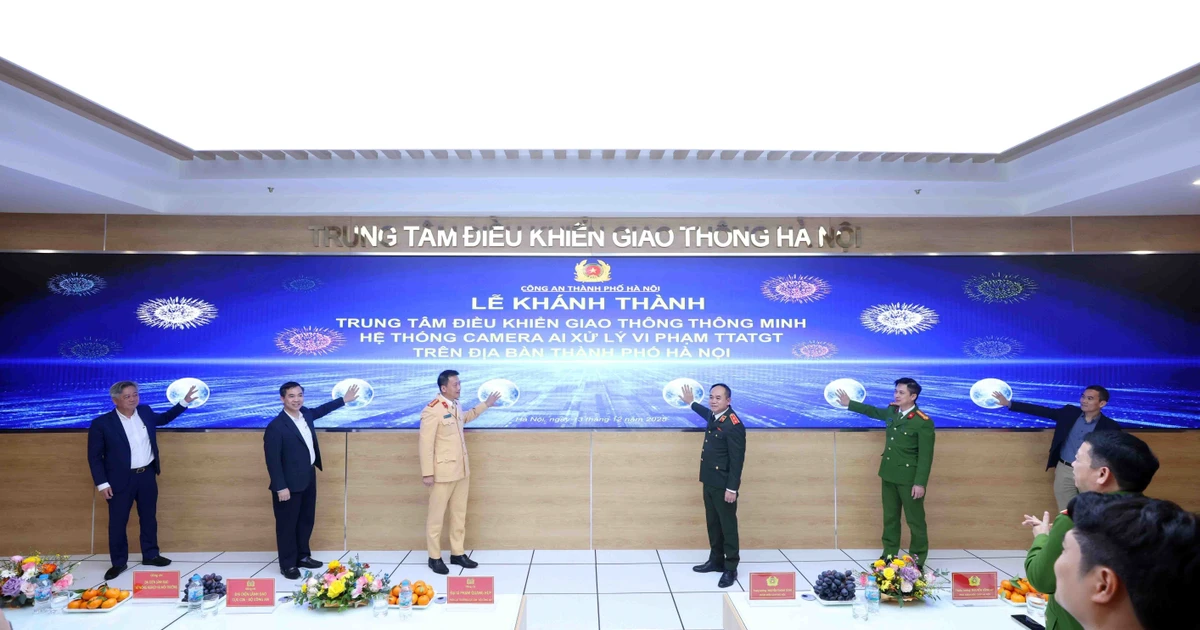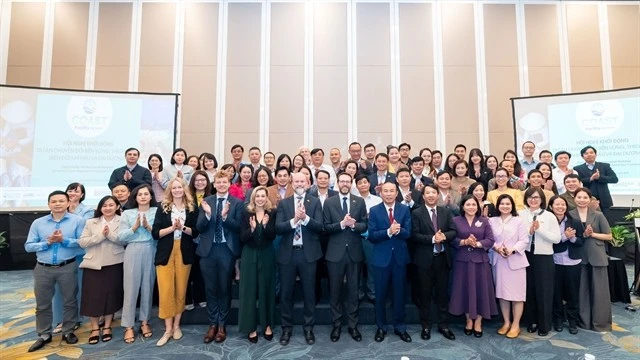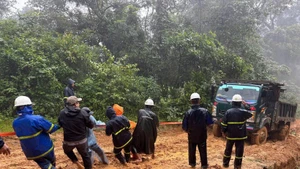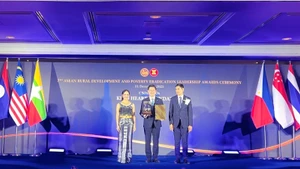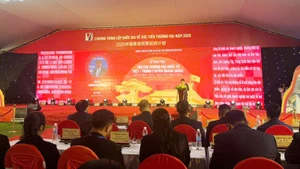Accordingly, the 2,095sq.km administrative boundary of Ho Chi Minh City and Can Gio marine area is on the adjustment plan.
Ho Chi Minh City’s master plan aims for the city to be developed into the nation’s largest economic hub for tourism, industrial services and high-tech agriculture by 2040, with a focus on climate change adaptatiedeon.
According to a Government decision on the master plan, the city is expected to have 13-14 million people by 2040 and 16 million by 2060. It plans to allocate 100,000-110,000ha of land for urbanisation by 2040.
The city will remain the country’s economic and technological hub, focusing on innovation as part of the national urban development strategy.
Under the master plan, the city will develop a complete infrastructure linking the city with neighbouring provinces. The newly established Thu Duc city will be developed into an innovative city model that will support the development of Ho Chi Minh City and the southern region.
The city will integrate urban development with transit-oriented development (TOD), including underground-based public transport solutions.
The master plan requires the effective use of the city’s natural conditions and ecosystems to protect the environment and adapt to climate change.
The city's plan adjustment aims to meet development requirements, create conditions to solve the problems of population, housing, infrastructure, traffic, environment, climate change and national defence.
